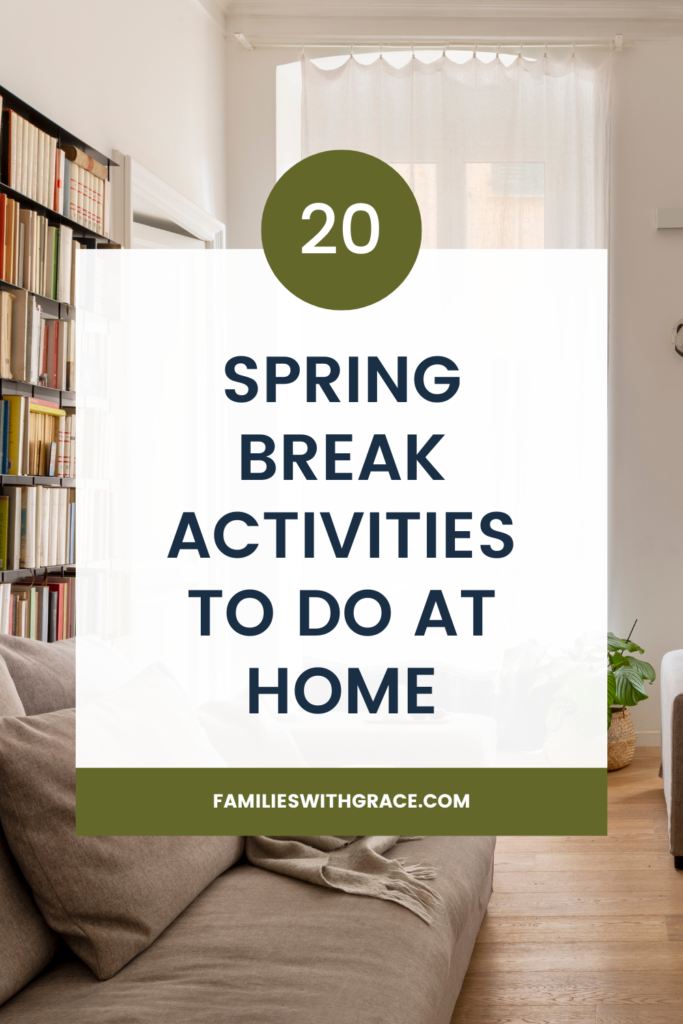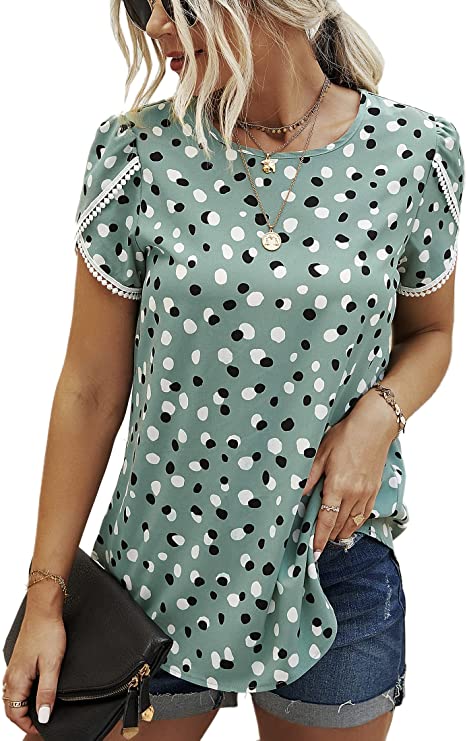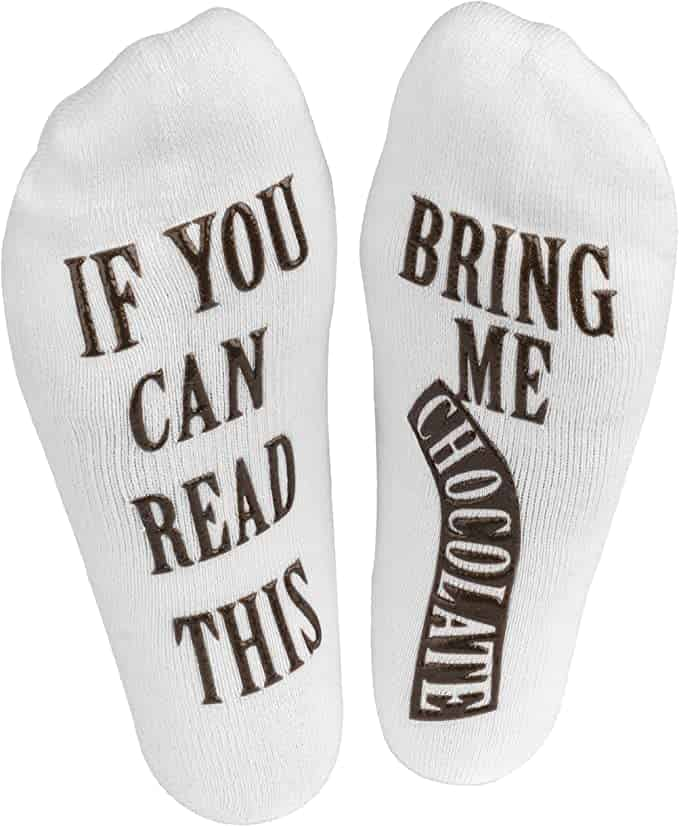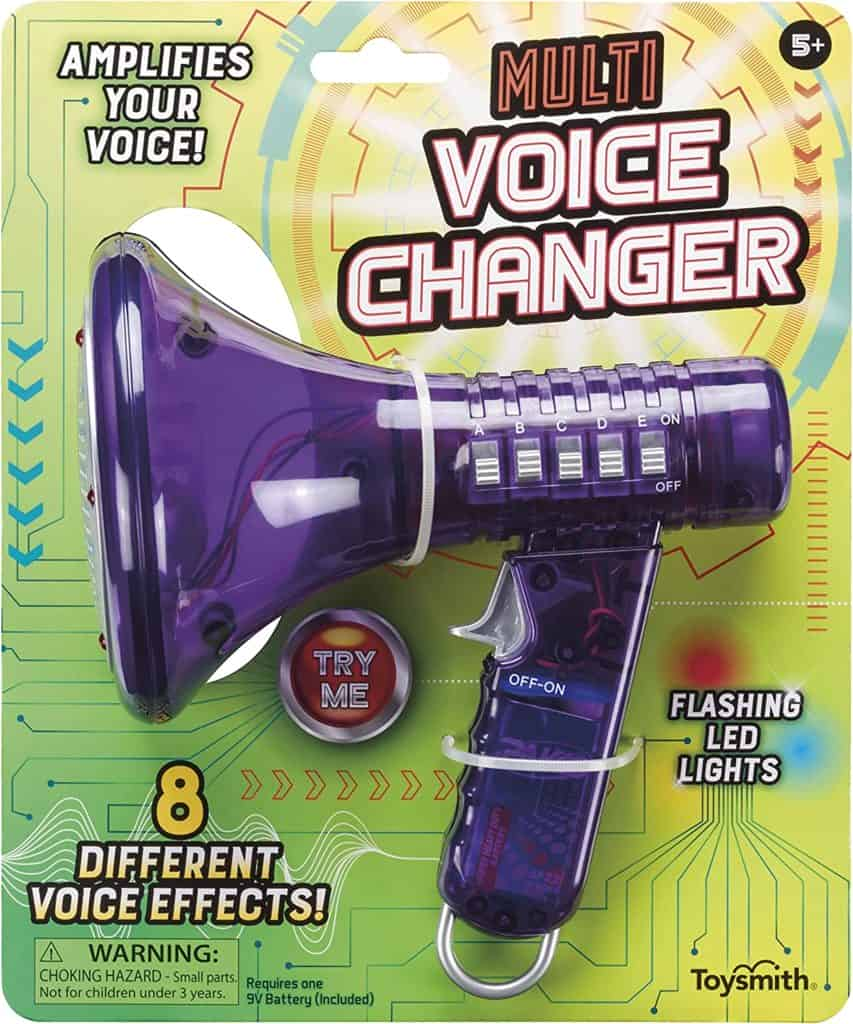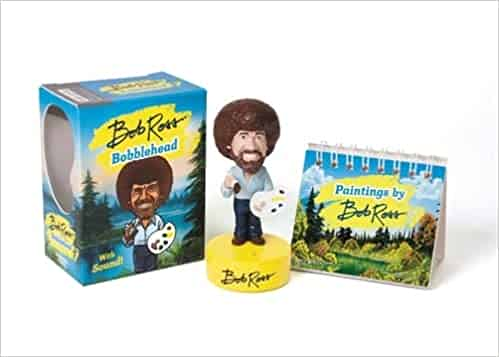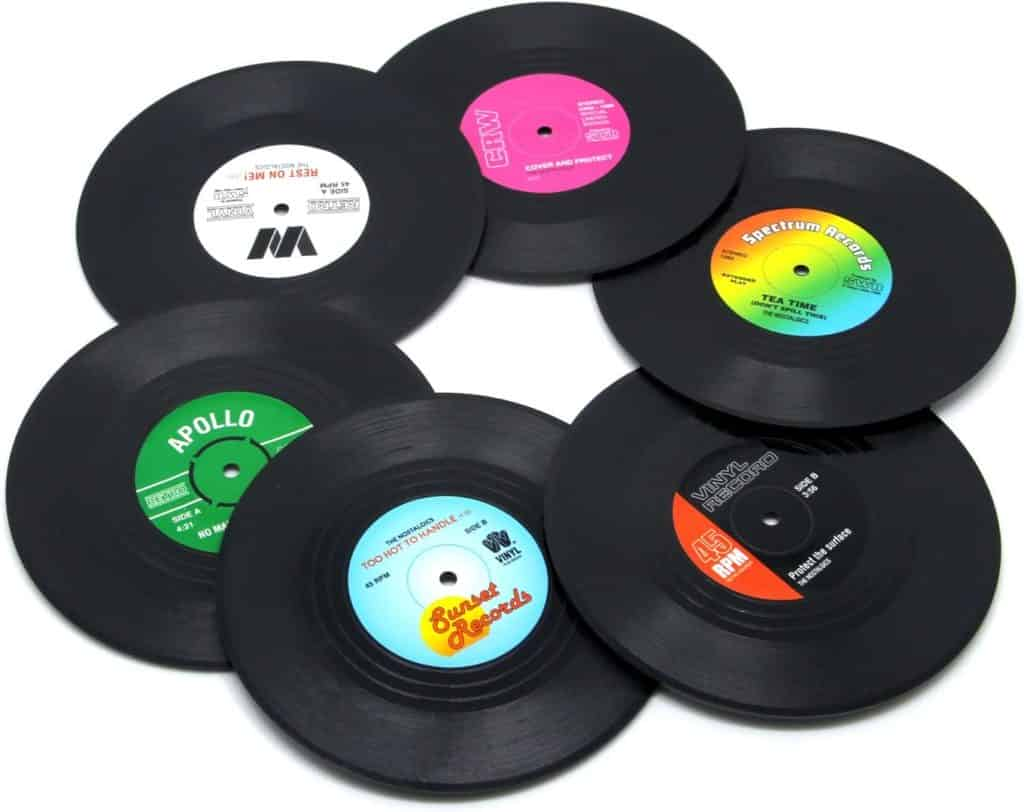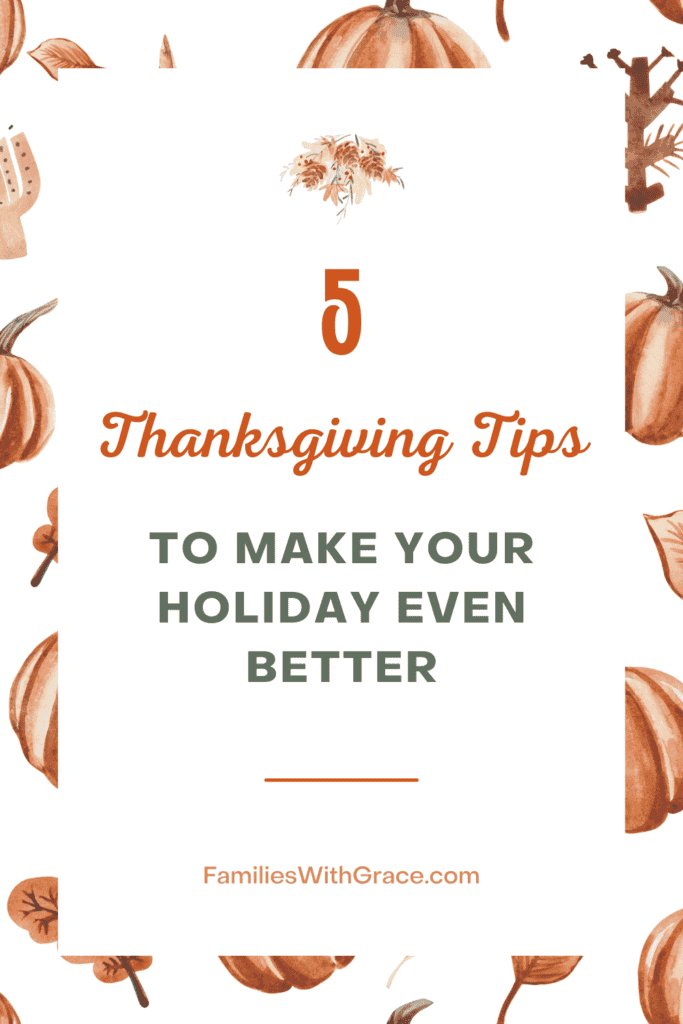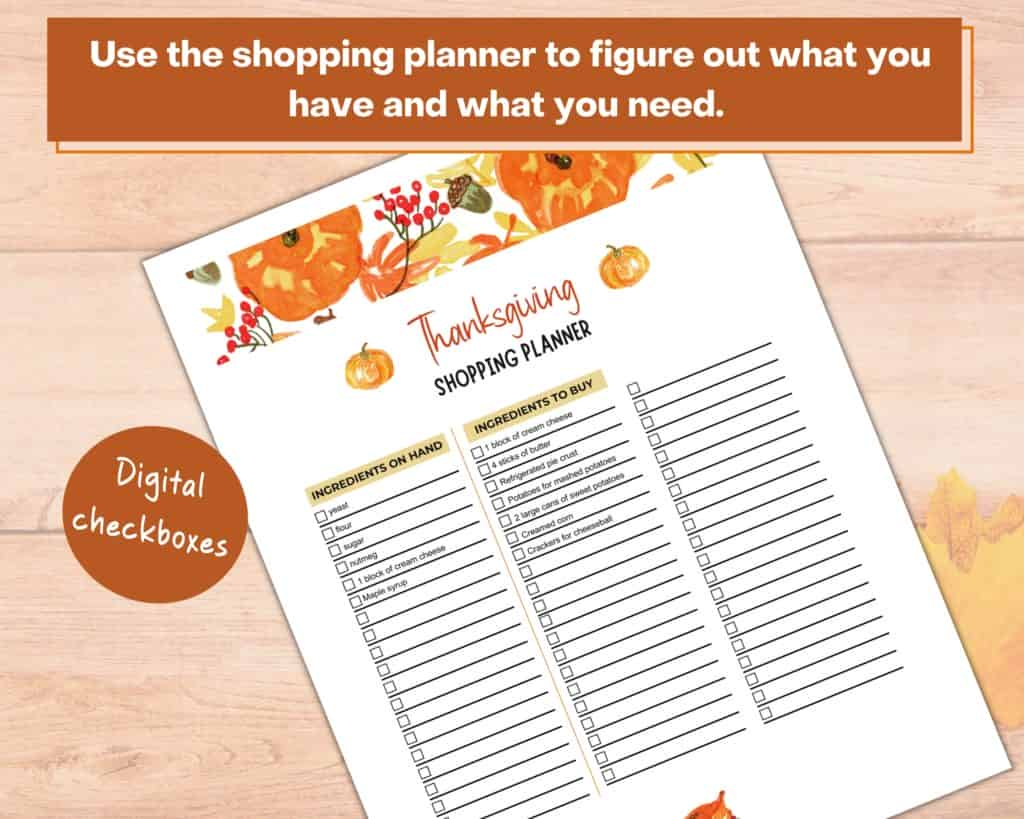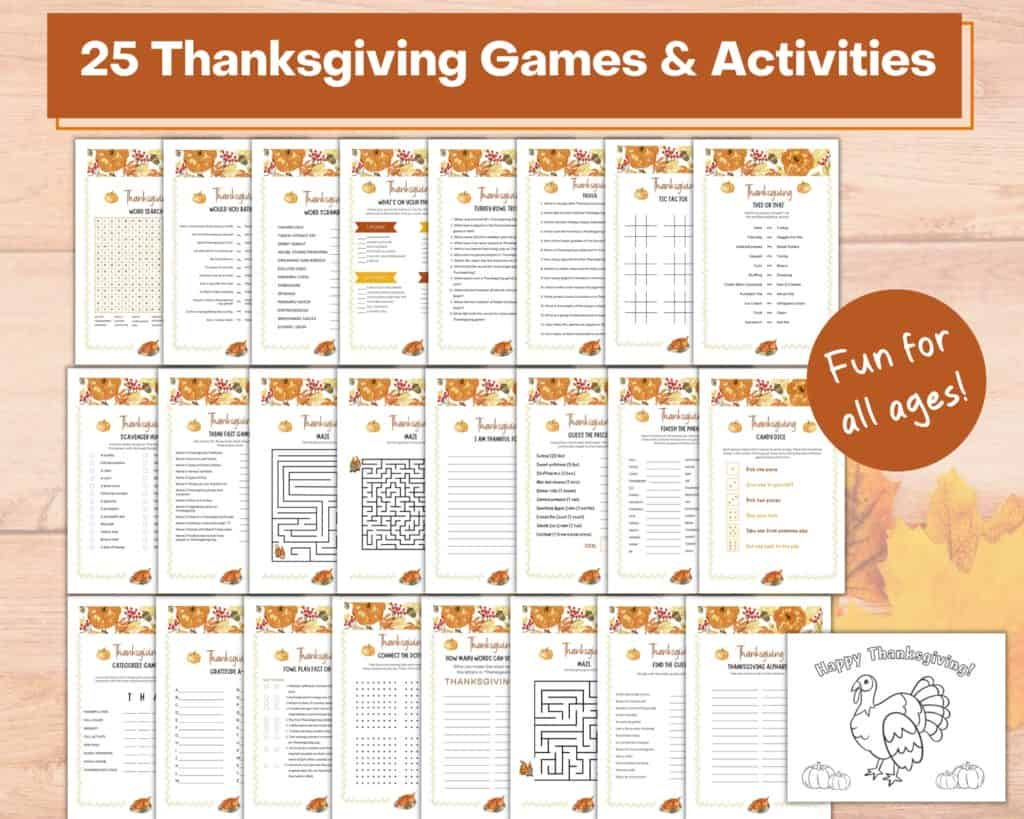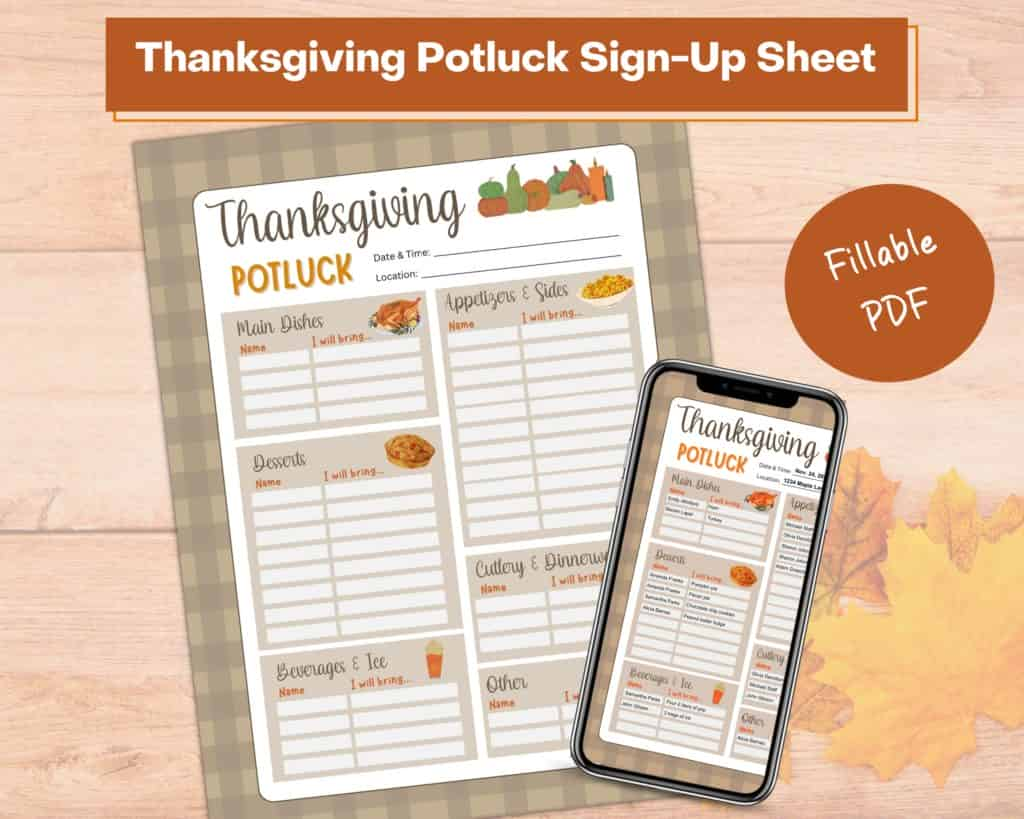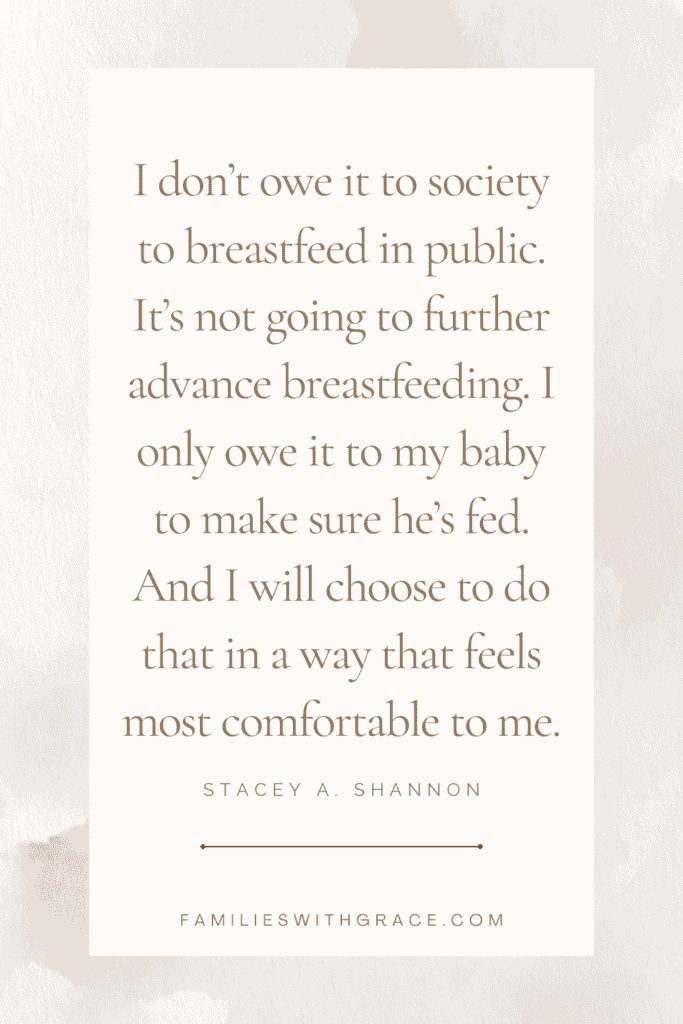Tips for Christian moms with a good dose of encouragement
Affiliate links are used in this post, if you make a qualifying purchase via my link, I receive a small percentage of the sale at no additional cost to you. I only recommend products and services I use and love. It helps support my blog, so thank you for your support! Read my full disclosure here.
The “Moms with Grace” series takes a look at modern Christian moms and how they handle daily life with raising children. You’ll find monthly posts from moms with older kids, younger kids and all those in between. Let real-life moms encourage and uplift you!
Today is the kick-off for the “Moms with Grace” series. Mandy Farmer is the featured Mom with Grace this month. Mandy has a blog, “Mandy and Michele,” for which I have shared guests posts a few times. I am thrilled to share her story with you.
Mandy is a 62-year-old mom to four children ranging from 26 to 48. The oldest two belong to her husband from a previous marriage, but Mandy has raised them completely since they were 9 and 14 and lost both their mom and sister in a car accident.
Her experiences as a mom and stepmom (though she says they never use the term “step”) are uplifting to those of us still in the thick of everyday life with kids. Mandy has survived the young years and is now reaping the benefits in her relationship with her children, grandchildren and great-grandchildren!
Please share a little bit about your background. Are you married? If so, for how long? What is your occupation?
I was born near Canton, Ohio, and raised on the family dairy farm. At the age of 13, we moved, cows and all, to Wisconsin where I graduated from a small high school. I acquired a B.A. in computer science at Asbury University outside of Lexington, KY and went to work in Columbia South Carolina for about five years.
At that point, my pastor’s wife introduced me to Michael Farmer, a pastor in her hometown of Barnesville, Ga. Michael had recently lost his wife and daughter in a fatal car accident. He had two boys, 9 and 14 at the time. She had been after me for months to go to Georgia with her and meet Michael. I didn’t think I was interested in a pastor with two boys but I finally went…just to get her to quit bothering me about it.
Four months later, we were married! Now 32 years married!
Fun note: I said I didn’t want to be a farmer’s wife or a pastor’s wife…I married Pastor Farmer!
We added another boy and girl to the mix and continue pastoring around Georgia and for six years in Milwaukee, Wis. – my home state.
I never worked outside the home or church after marriage and my degree quickly became obsolete, but my education was well worth it.
I jumped full-time into my love of children’s ministry. Homeschooled our two youngest and founded a homeschool co-op. In between that, sometimes I served as Michael’s secretary.
In 2011, I was struck with chronic pain. This changed a lot. Our daughter was 15. She became chief cook and bottle washer, making most meals, doing the laundry, keeping the house. She also, became my chauffeur! In 2016, we retired and moved to Savannah, Ga., and I began writing.
At first, I wrote about chronic pain and then I moved into writing Bible Studies for our denomination and an online group called Gracefully Truthful. Last year I decided to try to publish a book of devotions. That is still in the works, but in the learning process I wrote a children’s picture book about milk cows: Holly the Holstein Talks About Milk Cows. I will publish another picture book about a family whose mommy has Fibromyalgia. You can follow me at my writing website to keep abreast of my publishing.
How have you changed from the beginning of your mom journey until now?
Another piece of my backstory is that I was number three of six children growing up. My youngest brother was 12 years behind me. My mom had a bookstore, so I did a lot of caring for him. This gave me a great deal of knowledge about childcare. I loved being a mom, and I can hardly wait to have grandchildren. (Our oldest has children and grands, but they have always lived far away.)
Our children are all grown now. We live in the same city. Two kids are married. They all pop in all the time to check on us. Our oldest has two grown sons and a daughter. And we have six great-grandchildren!
What are some challenges you’ve faced as a mother? How have you worked to overcome them?
My initiation into motherhood started right off with a preteen and teenager. One got the chicken pox while Michael and I were on our honeymoon, and the other got them when we arrived home!
My husband and I sat down with them before we married and talked about things. They wanted me to adopt them but because of moving several times it never happened. Michael told them that I would end up being their mother longer than their biological mother. And we decided they would call me “Mom.”
Michael said he would always back me up when it came to discipline, and they were not to try to play us against one another. What I said would be “law” and if I dealt out a punishment, only I could change it. We had some of the typical teenager-mom issues. But really not many big issues that all moms don’t have.
I love them like my own, and they love me the same. As a matter of fact, one of them sends me flowers every year on the anniversary of their mother’s death. The card always reads, “Thanks for being my mom.”
In what ways have you and do you share your faith with your children?
It’s a lifestyle. Everything seems to have something to do with faith in our lives. We have had many discussions around the dinner table. (Dinner table: what an important routine for the family!)
Being a pastoral family, our kids were saturated in our faith. I wanted to have a family devotion time, but my husband felt that they got so much from being at the church A LOT that he didn’t want to do it. I did get them to have Advent devotions with me most years. We also homeschooled our children, and they received Bible training through that. Our church had children’s and teen’s Bible quizzing, and we were deeply involved in quizzing.
Once they were old enough, they were involved in any special programs we had at church. They enjoyed every minute…well, maybe not every minute. 😊
Pray for and with your children. After the car accident, going to school was very traumatic for Brian. He was dropped to his school that day and the accident happened on the way to the high school. We ALWAYS prayed with him before he got out of the car. ALWAYS.
What are some of your favorite parts of motherhood?
I loved it all. From as long as I can remember, I wanted to be a mom. I was involved in their lives and they in mine. I loved cooking and baking with them from an early age. Also, I taught them music, and we played and sang together often. Homeschooling was wonderful. I was nervous about it at first. But my sister was doing it, and so I tried kindergarten (which wasn’t required) and we enjoyed it. That was the year my daughter was born and it gave Brett and me bonding time. If Mikaela was fussy, she was in a snuggly around me which left my hands free to teach. I think she learned a lot that way, school came easier for her. We considered every year what we would like to do the next year. Every year the kids chose to homeschool.
How does grace play a role in your daily life? Do you have any tips or advice for how moms can show more grace to their families?
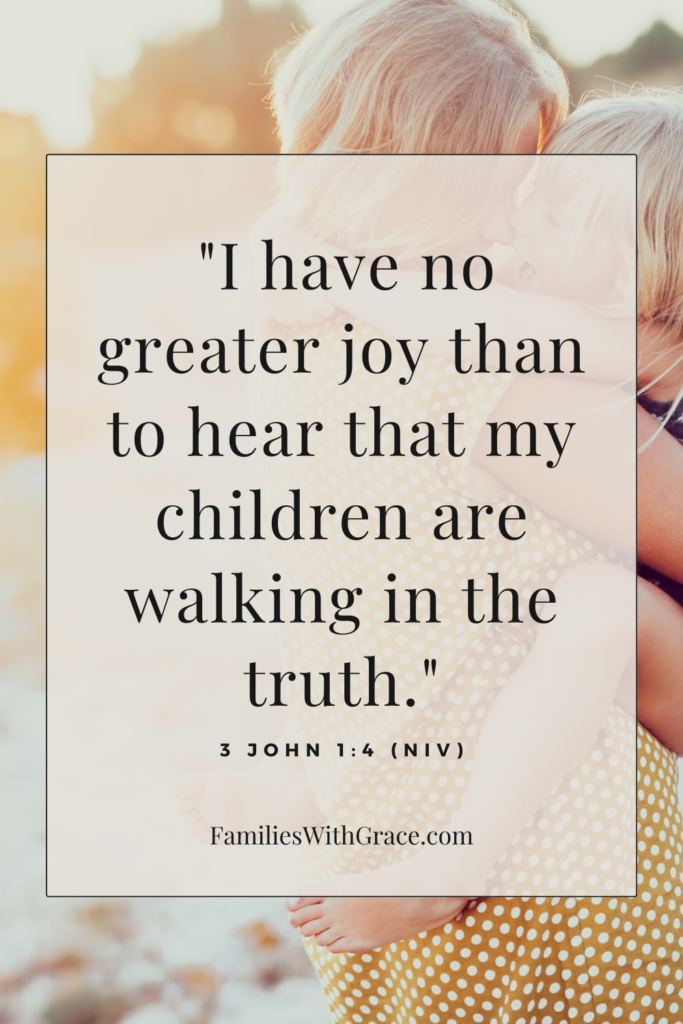
Oh, goodness! Grace. Grace is the central theme. There are always mistakes made. On my side and theirs. Apologies and forgiveness are vital in a good family relationship.
When discipline is necessary, it’s a good time to talk about the forgiveness of God. Be sure to tell your child how much you love them and that discipline is for teaching. Never discipline when you are angry. Always pray with your child after discipline.
What are you most proud of as a mom?
”I have no greater joy than to hear that my children are walking in the truth.” – 3 John 1:4 (NIV)
All four of my children are serving the Lord in some capacity. Daniel is on the church board and serves in so many basic ways. He does a lot of those things that no one notices – lawn care, general checking on the building, usher. Brian served as a pastor in a small church for about 10 years until his health failed. Brett is the tech guy. He runs the sound and live stream at church. Mikaela and her husband serve as youth ministers and are both on the worship team.
Do you have any resources that help you be a mom with grace?
You have to have a strong marriage to have a strong family.
- Sacred Marriage – What if God Designed Marriage to Make us Holy More than to Make us Happy? by Gary Thomas
- Weekend to Remember Marriage Conference
- Praying for Your Husband From Head to Toe by Sharon Jaynes (Sharon has a lot of resources on marriage.)
- The 4 Habits of Joy-Filled Marriages: How 15 Minutes a Day Will Help You Stay in Love by Marcus Warner & Chris M. Coursey
These are some of the parenting books I highly recommend:
- The New Strong-willed Child by James Dobson (Read this before your child is born!)
- Bringing Up Boys and Bringing Up Girls by James Dobson (Read them both no matter what gender your child is.)
- Everything James Dobson has written is worth the read. Check out his ministry, Focus on the Family, and its numerous resources including radio and email.
- The Power of Praying book series by Stormie Omartian
- Upside-Down Prayers for Parents: Thirty-One Daring Devotions for Entrusting Your Child–and Yourself–to God by Lisa Tawn Bergen
- My blog partner, Michele Bruxvoort, is raising her grandchild. She will start writing about raising grandchildren, homeschooling, reviewing books this year on our blog, Mandy and Michele.
Do you have anything else to add that we haven’t talked about?
Prayer is a big key. Pray for guidance and wisdom. Pray for your children and their future spouses. Be specific as much as you can. Pray more than “Be with my child today.” Ask for wisdom and knowledge and protection. If they are attending public school, pray even harder.
Make sure your children know that their parents love each other. Yeah, they might get disgusted, but let them see you hugging and kissing occasionally. This makes your child feel safe.
Tell them you love them every day! Hug them even when your teenager doesn’t want you too.
Have rules and abide by them. Children need boundaries. Back each other up.
Connect with other Christian moms for support and encouragement in the private Facebook group, Moms with Grace!





